Orange juice, the mainstay of the British breakfast, is being joined by exotic fruit and vegetable flavours as new combinations and twists on traditional offerings give consumers more choice
Although we still love our good old juice favourites, such as orange and apple - and now even cranberry - new flavours continue to hit shelves. Growth within the market is now driven by exotic foreign variants such as mango and passionfruit, and combinations like apple and raspberry.
In the past couple of years there has has also been a surge in sales of different varieties, such as grapefruit juice, which grew nearly 14% in 2004 [TNS 52 w/e Jan 30, 2005], making it one of the fastest-growing in the juice and juice drinks market. “Consumers are becoming increasingly experimental and more willing than ever to try new variants, blended drinks and new twists on established flavours,” says Colin Davis, marketing controller for Ocean Spray.
“In addition, shoppers are buying a wider selection of flavours to satisfy different taste preferences in the household and different serving occasions. Orange is the breakfast favourite while cranberry and apple are more likely to be consumed at other times throughout the day.”
Orange juice continues to dominate the market, accounting for more than 45%. However, this is a drop of 0.3% year-on-year. In contrast, sales of the nation’s second choice, apple - which accounts for nearly 12% of the market - grew more than 9% in the past year, while sales of cranberry rose 6%, taking its market share to 7.8% [TNS 52 w/e Jan 30, 2005].
However, according to PepsiCo’s grocery insights controller Lynn Osbourne, orange juice has not been losing out to the increasing number of new flavours. “People have started to experiment a lot more, but rather than not buying orange juice anymore, they are supplementing this with other flavours and widening their portfolio.”
But even if the orange juice sector has
not been feeling the pinch, vegetable juices seem to be losing out to more exciting and interesting flavours.
To this end, organic juice brand Grove Fresh is hoping to breathe new life into the neglected vegetable juice sector with the launch of its new V juice sub-brand. The company is targeting the new range, which contains fewer than 60 calories per 250ml serving, at dieters as a drink that is tasty and satisfying yet low in calories, carbs and fat.
Andrew Shupick, Grove Fresh MD, says: “With about 60% of the population overweight and 14 million people on a diet at any one time, we have a huge pool of consumers to tap into and a fantastic opportunity to stimulate the dormant vegetable juice market, which is currently worth just £10m.”
Not to be left out, in January Tropicana relaunched its healthy range, with each variant boasting certain health credentials, under a new brand - Tropicana Essentials. The launch included new pack graphics and the introduction of a new option - Tropicana Essential Low Acid. The four-strong range now includes Multivitamins, Calcium, Fibre and newcomer Low Acid.
Although we still love our good old juice favourites, such as orange and apple - and now even cranberry - new flavours continue to hit shelves. Growth within the market is now driven by exotic foreign variants such as mango and passionfruit, and combinations like apple and raspberry.
In the past couple of years there has has also been a surge in sales of different varieties, such as grapefruit juice, which grew nearly 14% in 2004 [TNS 52 w/e Jan 30, 2005], making it one of the fastest-growing in the juice and juice drinks market. “Consumers are becoming increasingly experimental and more willing than ever to try new variants, blended drinks and new twists on established flavours,” says Colin Davis, marketing controller for Ocean Spray.
“In addition, shoppers are buying a wider selection of flavours to satisfy different taste preferences in the household and different serving occasions. Orange is the breakfast favourite while cranberry and apple are more likely to be consumed at other times throughout the day.”
Orange juice continues to dominate the market, accounting for more than 45%. However, this is a drop of 0.3% year-on-year. In contrast, sales of the nation’s second choice, apple - which accounts for nearly 12% of the market - grew more than 9% in the past year, while sales of cranberry rose 6%, taking its market share to 7.8% [TNS 52 w/e Jan 30, 2005].
However, according to PepsiCo’s grocery insights controller Lynn Osbourne, orange juice has not been losing out to the increasing number of new flavours. “People have started to experiment a lot more, but rather than not buying orange juice anymore, they are supplementing this with other flavours and widening their portfolio.”
But even if the orange juice sector has
not been feeling the pinch, vegetable juices seem to be losing out to more exciting and interesting flavours.
To this end, organic juice brand Grove Fresh is hoping to breathe new life into the neglected vegetable juice sector with the launch of its new V juice sub-brand. The company is targeting the new range, which contains fewer than 60 calories per 250ml serving, at dieters as a drink that is tasty and satisfying yet low in calories, carbs and fat.
Andrew Shupick, Grove Fresh MD, says: “With about 60% of the population overweight and 14 million people on a diet at any one time, we have a huge pool of consumers to tap into and a fantastic opportunity to stimulate the dormant vegetable juice market, which is currently worth just £10m.”
Not to be left out, in January Tropicana relaunched its healthy range, with each variant boasting certain health credentials, under a new brand - Tropicana Essentials. The launch included new pack graphics and the introduction of a new option - Tropicana Essential Low Acid. The four-strong range now includes Multivitamins, Calcium, Fibre and newcomer Low Acid.



![XOXO-Product-Shot[ALL FLAVOUR]-Sky-1920x1080](https://dmrqkbkq8el9i.cloudfront.net/Pictures/274x183/4/9/2/355492_xoxoproductshotallflavoursky1920x1080_806584_crop.jpg)



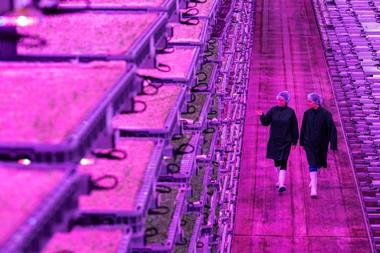

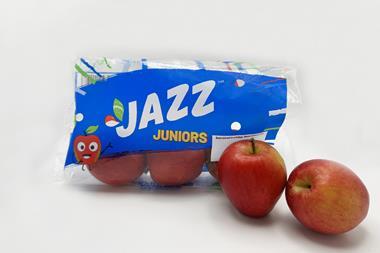



![XOXO-Product-Shot[ALL FLAVOUR]-Sky-1920x1080](https://dmrqkbkq8el9i.cloudfront.net/Pictures/380x253/4/9/2/355492_xoxoproductshotallflavoursky1920x1080_806584_crop.jpg)
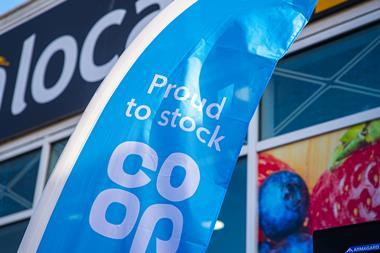

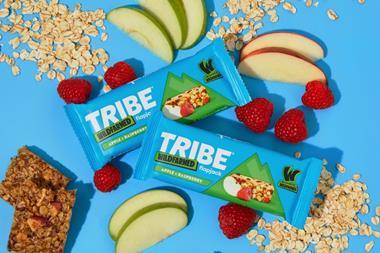
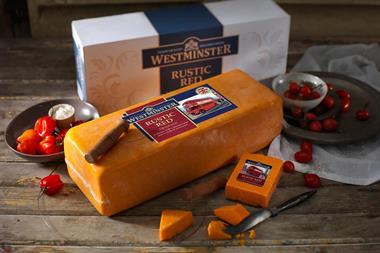
No comments yet